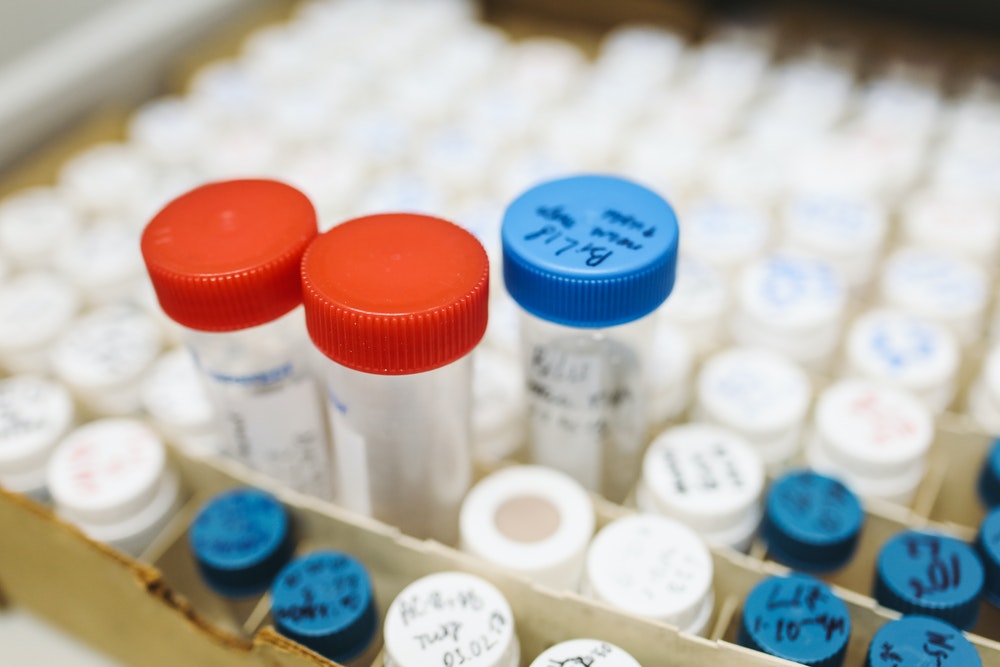They say that beauty is skin deep. In the case of this blog, it really is! There are plenty of different types of chemicals found in beauty products nowadays that we rarely take notice of, and by the time we do, it might be a little too late to repair the damage.
There are thousands of chemicals in most cosmetic products, many of which end up being absorbed into your skin and body. In this post, we look into the toxic chemicals found in your daily cosmetics and beauty products.
Formaldehyde
What is it?
Formaldehyde is a colourless, flammable, strong-smelling chemical that is used in building materials and to produce many household cleaning products. It is also used as preservatives found in cosmetics and beauty care products such as baby bath soap, nail polish, eyelash adhesive and hair dyes.
Why is it bad?
Formaldehyde has a long list of adverse health effects. These effects are both short term and long term, including watery eyes, nausea, skin irritation and others. Formaldehyde is known to be a human carcinogen; a substance capable of causing cancer in living tissue.
Phthalates (Dibutyl Phthalate)
What is it?
Phthalate is found in many every day products, not just cosmetics but in plastics, paints and inks. They also make plastics soft and flexible. Its widespread usage has raised some concerns on the safety of this compound. Phthalates are unlisted fragrance ingredients in many other cosmetics.
Why is it bad?
Phthalate has been shown to cause developmental defects and is toxic to reproduction and can also harm the unborn and impair fertility. Phthalate exposure has also been linked as a risk factor for later-life breast cancer.
Toluene
What is it?
Tolune is a petrochemical derived from petroleum or coal tar sources. It is a potent solvent that is able to dissolve paint and paint thinner.
Why is it bad?
Tolune can affect your respiratory system, cause nausea and irritate your skin. Pregnant women should especially avoid toluene vapours, as they have been known to cause developmental damage in the foetus.
Parabens
What is it?
Parabens are a group of compounds widely used as an anti-fungal agent, preservative and antimicrobial in creams, lotions, ointments and other cosmetics, including underarm deodorants. They can also be found in makeup, body washes, deodorants, shampoos and facial cleansers. You can also find them in some medicines as well as food products.
Why is it bad?
Parabens help prevent the growth of bacteria, mould and yeast in cosmetic products, so are very popular ingredients. However, they do more than that; they’re easily absorbed by our skin. It will absorb through the skin and have been identified in biopsy samples from breast tumours. Parabens have been detected in human breast cancer tissues and have been identified in biopsy samples from breast tumours.

Propylene glycol (PEG)
What is it?
Propylene glycol (PEG) is a small organic alcohol commonly used as a skin-conditioning agent. It is classified as a skin irritant. It can be found in moisturisers, sunscreen, makeup products, conditioners, shampoo and hair sprays. PEGs are widely used in cosmetics as thickeners, solvents, softeners, and moisturiser.
Why is it bad?
PEG opens up your skin’s pores, allowing harmful ingredients to penetrate more deeply. One typical adverse reaction to propylene glycol includes mild skin irritation. it is also potentially toxic to the kidneys and liver.
Siloxanes
What is it?
Siloxanes are used in cosmetics to soften, smooth, and moisten. They make hair products dry more quickly and deodorant creams slide on more easily. They are also used extensively in moisturisers and facial treatments. Also found in various medical implants, water-repelling windshield coatings, building sealants and lubricants.
Why is it bad?
While it has not been proven that siloxanes pose a threat to human health, something used in a building material cannot be good for the skin!
Triclosan
What is it?
Triclosan is used mainly in anti-antiperspirant or deodorants, cleansers, and an anti-bacterial agent. They can be found in tissues, laundry detergents and antiseptics for wounds. Triclosan has sometimes been classified as a pesticide.
Why is it bad?
It can pass through the skin and can affect the body’s hormone systems and may disrupt normal breast development. An increase usage of triclosan may also contribute to bacterial resistance to anti-microbial agents. (Note: An antimicrobial is an agent that kills microorganisms or stops their growth).
Butylated hydroxytoluene (BHT) and butylated hydroxyanisole (BHA)
What is it?
BHA and BHT are synthetic antioxidants used as preservatives in lipsticks and moisturisers and are also used as food preservatives. They are also widely used by the food industry as preservatives, mainly to prevent oils in foods from oxidising and becoming rancid
Why is it bad?
Linked to a plethora of serious health problems, these two chemicals have been linked to organ system toxicity, skin irritation and other nasty ailments. They have been known to cause liver, thyroid and kidney problems, allergic reactions, lung function issues, problems in blood coagulation and more. Both chemicals are also suspected of interfering with hormone function, and may promote tumour growth.
All that Glitters
There are still several toxic chemicals found in makeup and cosmetics. Most of the time, all of them mentioned above, appear on labels. So read the ingredient lists on cosmetics, personal care and food items in order to avoid them.
If you are still unsure, you can always search online about the products or you can always email the company and ask them, just to be sure. Remember, it is always better to be safe than sorry when it comes to toxic chemicals found in cosmetics.
About the Author
Nikki Y lives in Perth with her fur child, Hamlet. Nikki enjoys writing and reading, and loves a great G&T.






